Home>Articles>How Much Time To Add To An Electric Pressure Cooker
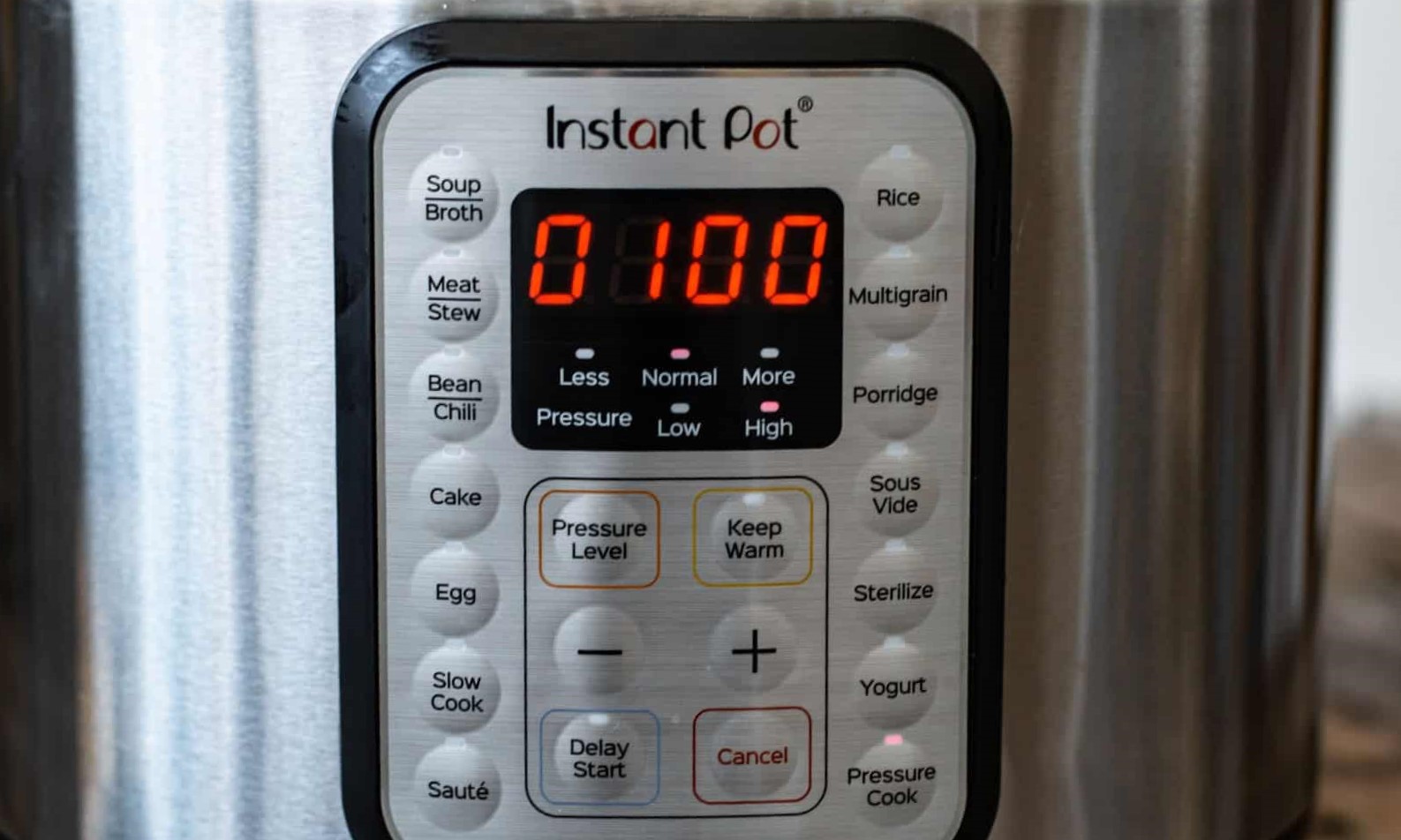

Articles
How Much Time To Add To An Electric Pressure Cooker
Modified: January 19, 2024
Discover how much time to add to an electric pressure cooker with our informative articles. Learn the best cooking techniques and save time in the kitchen today!
(Many of the links in this article redirect to a specific reviewed product. Your purchase of these products through affiliate links helps to generate commission for Storables.com, at no extra cost. Learn more)
Introduction
Welcome to the world of electric pressure cookers! If you’re a cooking enthusiast or someone who seeks convenience in the kitchen, you’ve probably heard about these versatile appliances. Electric pressure cookers have gained popularity in recent years due to their ability to drastically reduce cooking time while retaining the flavor and nutrients of the ingredients.
Understanding how much time to add to an electric pressure cooker is crucial for achieving the perfect results in your dishes. With the ability to cook a wide range of recipes, from soups and stews to rice and even desserts, electric pressure cookers can be a life-changing addition to your kitchen arsenal.
In this article, we will delve into the factors that affect cooking time in electric pressure cookers and provide tips on how to adjust the cooking time for different ingredients. Whether you’re a beginner or an experienced cook, this guide will help you make the most of your electric pressure cooker.
So, let’s get started by exploring the inner workings of electric pressure cookers and how they can revolutionize your cooking experience.
Key Takeaways:
- Embrace the convenience and speed of electric pressure cookers by understanding how to adjust cooking times for different ingredients, ensuring perfectly cooked dishes every time.
- Master the art of using an electric pressure cooker with valuable tips, from prepping ingredients in advance to adjusting cooking times for desired results, and elevate your culinary experience.
Understanding Electric Pressure Cookers
Electric pressure cookers are modern kitchen appliances that utilize pressure and heat to cook food quickly and efficiently. They are a safer and more convenient alternative to traditional stovetop pressure cookers. Unlike stovetop models, electric pressure cookers are equipped with built-in sensors and an automatic control system, allowing for precise temperature and pressure regulation.
One of the key features of an electric pressure cooker is its ability to reach and maintain high-pressure levels inside the cooking chamber. When the desired pressure is reached, the temperature rises rapidly, resulting in faster cooking times compared to conventional cooking methods. The high pressure forces moisture and flavors into the food, resulting in tender and flavorful dishes.
Electric pressure cookers also offer a variety of cooking modes, including pressure cooking, slow cooking, sautéing, steaming, and even baking. This versatility makes them suitable for a wide range of recipes, from hearty stews and braised meats to perfectly cooked grains and vegetables. Some models even have pre-programmed settings for specific dishes, taking the guesswork out of cooking times.
Additionally, electric pressure cookers often come with a range of safety features to prevent accidents and ensure peace of mind. These features may include lid-locking mechanisms, pressure release valves, and overheat protection. This makes them a safe and user-friendly option for both novice and experienced cooks.
Electric pressure cookers are designed to save time and energy while producing delicious, homemade meals. However, it’s important to understand that cooking times may vary depending on several factors. In the next section, we will explore these factors in detail to help you determine how much time to add to your electric pressure cooker recipes.
Factors Affecting Cooking Time
While electric pressure cookers are known for their fast cooking abilities, the actual cooking time can still vary based on a few key factors. It’s important to consider these factors when determining how much time to add to your electric pressure cooker recipes:
- Type of Recipe: Different recipes require varying cooking times. For example, a soup or stew with large chunks of meat and vegetables will take longer to cook compared to a dish with smaller ingredients like rice or lentils. Understanding the nature of your recipe will help you estimate the cooking time more accurately.
- Ingredient Density and Size: The density and size of the ingredients in your recipe can affect cooking time. For instance, larger cuts of meat will take longer to cook than smaller pieces. Dense vegetables like potatoes will require more time compared to softer vegetables like mushrooms. Adjust the cooking time accordingly based on the ingredients you’re using.
- Quantity: The amount of food being cooked also plays a role in determining the cooking time. Larger quantities of ingredients will take longer to cook as the pressure cooker needs more time to reach and stabilize the desired pressure and temperature. It’s recommended to increase the cooking time by a few minutes for each additional cup or pound of ingredients.
- Starting Temperature: The starting temperature of the ingredients can affect cooking time. If the ingredients are cold or frozen, it will take longer for the pressure cooker to reach the desired pressure and cook the food. It’s important to factor in the time needed to thaw or defrost ingredients before pressure cooking.
By considering these factors, you can make a more informed decision about how much time to add to your electric pressure cooker recipes. However, it’s important to note that electric pressure cookers are designed to be efficient and time-saving, and in most cases, they will significantly reduce the cooking time compared to traditional methods.
In the next section, we will delve into additional time adjustments required for different ingredients commonly used in electric pressure cooker recipes.
Additional Time for Different Ingredients
When cooking with an electric pressure cooker, it’s important to consider the specific ingredients you’re using and make additional time adjustments as necessary. While the cooking time can vary depending on personal preference and desired tenderness, here are some general guidelines for common ingredients:
- Meats: Depending on the type of meat and cut, cooking times can range from 5 to 30 minutes. For tender cuts like chicken breasts or fish fillets, shorter cooking times are sufficient. Tougher meats like beef or pork roasts will require longer cooking times to become tender and flavorful.
- Beans and Legumes: Dried beans and legumes generally require around 20 to 40 minutes of cooking time in an electric pressure cooker. However, it’s important to pre-soak them to reduce the cooking time and ensure even cooking.
- Grains: Rice, quinoa, and other grains typically require around 4 to 10 minutes of cooking time in an electric pressure cooker. Keep in mind that the type and variety of grain may affect the cooking time, so it’s essential to follow the specific instructions for each grain.
- Vegetables: Most vegetables have a short cooking time in an electric pressure cooker, usually ranging from 1 to 5 minutes. However, delicate vegetables like spinach or broccoli may require even shorter cooking times to retain their vibrant color and texture.
- Soups and Stews: The cooking time for soups and stews can vary depending on the ingredients and the desired tenderness. It generally takes around 10 to 30 minutes to cook a hearty soup or stew in an electric pressure cooker.
- Desserts: Some electric pressure cookers have a specific setting for baking or making desserts. The cooking time for desserts like cakes or puddings can range from 10 to 30 minutes, depending on the recipe.
These are just general guidelines, and it’s important to consult specific recipes or the manufacturer’s instructions for your electric pressure cooker. Additionally, experimenting and adjusting the cooking time based on your preferences will help you achieve the desired results.
Next, let’s explore some tips that will further enhance your experience of using an electric pressure cooker.
When using an electric pressure cooker, it’s important to factor in the time it takes for the cooker to come to pressure. As a general rule, add 5-15 minutes to the cooking time to account for this.
Adjusting Cooking Time for Desired Results
One of the advantages of using an electric pressure cooker is the ability to adjust the cooking time according to your preferences and desired results. Here are some tips to help you achieve the perfect outcome:
- Start with Recommended Cooking Times: When trying a new recipe, it’s best to start with the recommended cooking time provided. This will give you a baseline to work with and allow you to evaluate the tenderness and doneness of the dish.
- Test for Doneness: Use the quick-release method to safely open the pressure cooker and check the doneness of the food. If it’s not cooked to your liking, simply close the lid and continue cooking for a few more minutes until it reaches the desired level of tenderness.
- Adjust Incrementally: If you find that the food is undercooked, add a few minutes to the cooking time and retest for doneness. On the other hand, if it’s overcooked, decrease the cooking time in small increments until you achieve the desired result.
- Consider Pressure Release Time: Keep in mind that the cooking time indicated in recipes usually doesn’t include the time required for natural pressure release or quick pressure release. Factor in this additional time when planning your cooking process.
- Take Notes: As you experiment with different recipes and ingredients, keep a record of the cooking times and results. This will help you build a reference guide that suits your taste preferences and cooking style.
It’s essential to remember that adjusting cooking time is not an exact science, as personal preferences and variations in ingredients can influence the outcome. With practice and experience, you’ll become more comfortable with adapting the cooking time to achieve the perfect results.
Now that you have a better understanding of adjusting the cooking time for desired results, let’s move on to some general tips for using an electric pressure cooker.
Tips for Using an Electric Pressure Cooker
Using an electric pressure cooker can be a game-changer in the kitchen. To make the most out of your cooking experience, here are some valuable tips to keep in mind:
- Read the Manual: Before using your electric pressure cooker, read the user manual thoroughly to understand its features, functions, and safety precautions. Familiarize yourself with the different cooking modes and settings.
- Prep Ingredients in Advance: To save time during the cooking process, prepare your ingredients ahead of time. Chop vegetables, marinate meats, and measure out spices and seasoning before you start cooking.
- Use Sufficient Liquid: Make sure to include enough liquid, such as water, broth, or sauce, in your recipes. This is essential for creating steam and building pressure inside the cooker. Insufficient liquid can lead to burning or undercooking.
- Don’t Overfill: Avoid overfilling your electric pressure cooker to prevent food from blocking the pressure valve. Leave some space for ingredients to expand during cooking, usually up to two-thirds full for solid ingredients or one-half full for liquids.
- Securely Close the Lid: Ensure that the lid is properly sealed before starting the cooking process. This will prevent steam from escaping and allow the pressure to build up. Most electric pressure cookers have a locking mechanism or indicator to confirm a secure closure.
- Use High-Heat Setting for Sautéeing: If your electric pressure cooker has a sauté function, use the high-heat setting to quickly brown meats or vegetables before pressure cooking. This adds depth of flavor to your dishes.
- Follow Venting Instructions: When releasing the pressure after cooking, follow the specific venting instructions for your electric pressure cooker. You can choose between natural pressure release (letting the pressure drop naturally) or quick pressure release (using the release valve to rapidly release pressure).
- Clean and Maintain Your Cooker: Regularly clean the cooking pot, lid, and sealing gasket of your electric pressure cooker according to the manufacturer’s instructions. This will ensure optimal performance and longevity of the appliance.
By following these tips, you’ll be able to use your electric pressure cooker with confidence and create delicious meals in less time. Don’t be afraid to experiment and explore new recipes to make the most out of this versatile kitchen appliance.
Finally, let’s conclude our journey into the world of electric pressure cookers.
Conclusion
Electric pressure cookers have revolutionized the way we cook, offering convenience, speed, and delicious results. Understanding how much time to add to an electric pressure cooker is essential for achieving perfectly cooked dishes. By considering factors such as recipe type, ingredient density, quantity, and starting temperature, you can determine the optimal cooking time.
When cooking with an electric pressure cooker, it’s important to make additional time adjustments for different ingredients. Meats, beans, grains, vegetables, soups, and even desserts all have varying cooking times that can be adjusted to achieve desired tenderness and doneness. Remember to use recommended cooking times as a starting point, test for doneness, and adjust incrementally until you reach your preferred results.
To make the most out of your electric pressure cooker, follow some valuable tips. Read the user manual, prep ingredients in advance, use sufficient liquid, and securely close the lid before cooking. Utilize high-heat settings for sautéing, follow venting instructions for releasing pressure, and maintain your cooker properly to ensure optimal performance.
With practice and experience, you’ll become more comfortable using an electric pressure cooker and will be able to explore a wide range of recipes with confidence. Enjoy the convenience and deliciousness that this versatile kitchen appliance brings to your cooking repertoire.
So why wait? Embrace the world of electric pressure cookers and elevate your culinary experience today!
Frequently Asked Questions about How Much Time To Add To An Electric Pressure Cooker
Was this page helpful?
At Storables.com, we guarantee accurate and reliable information. Our content, validated by Expert Board Contributors, is crafted following stringent Editorial Policies. We're committed to providing you with well-researched, expert-backed insights for all your informational needs.
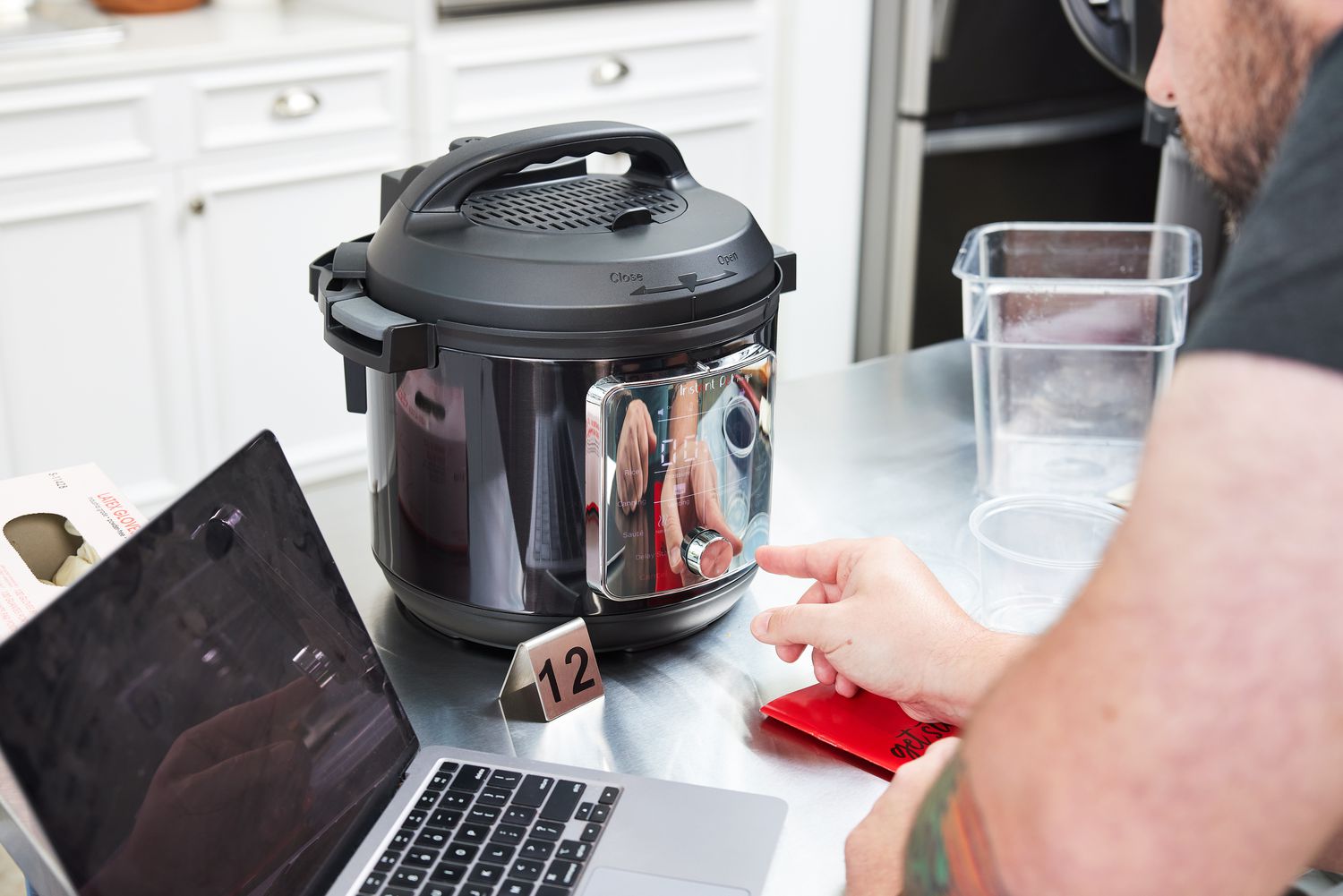
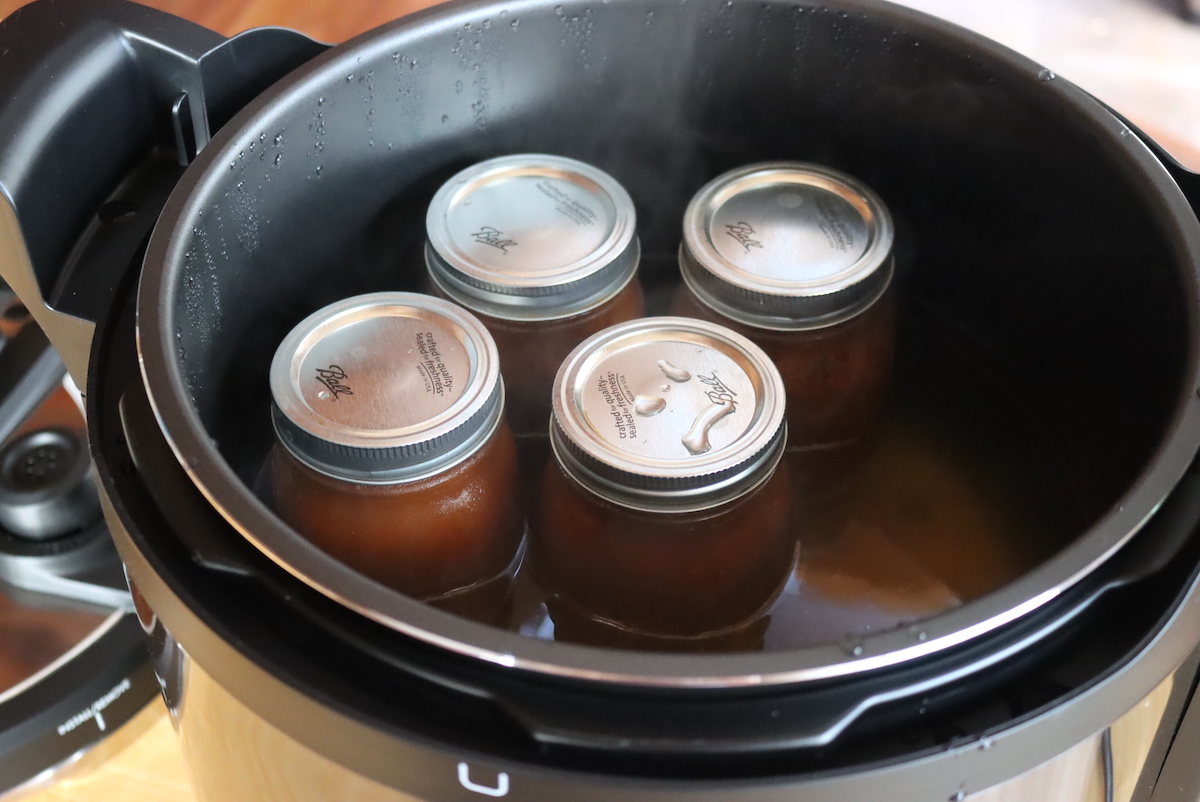
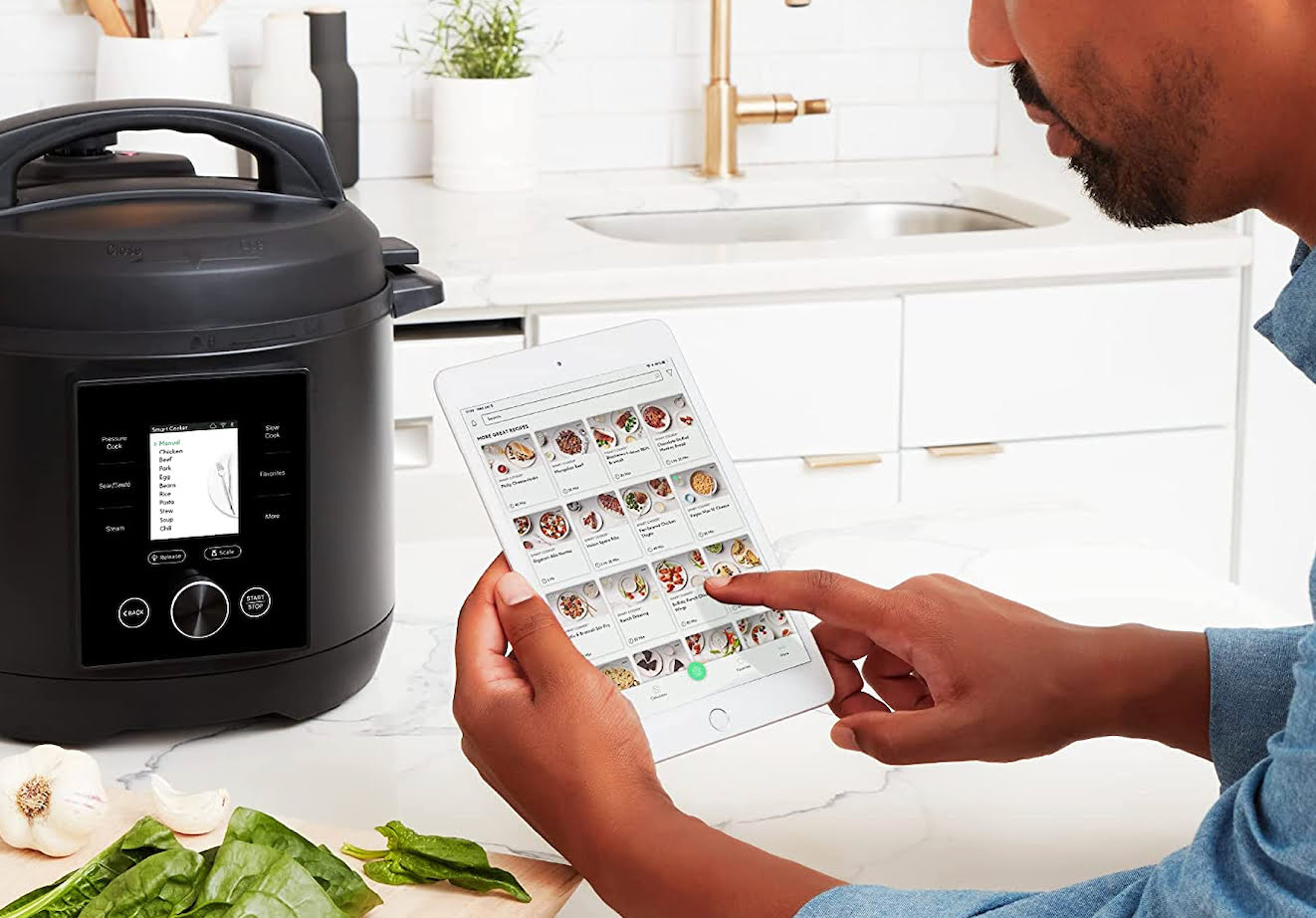

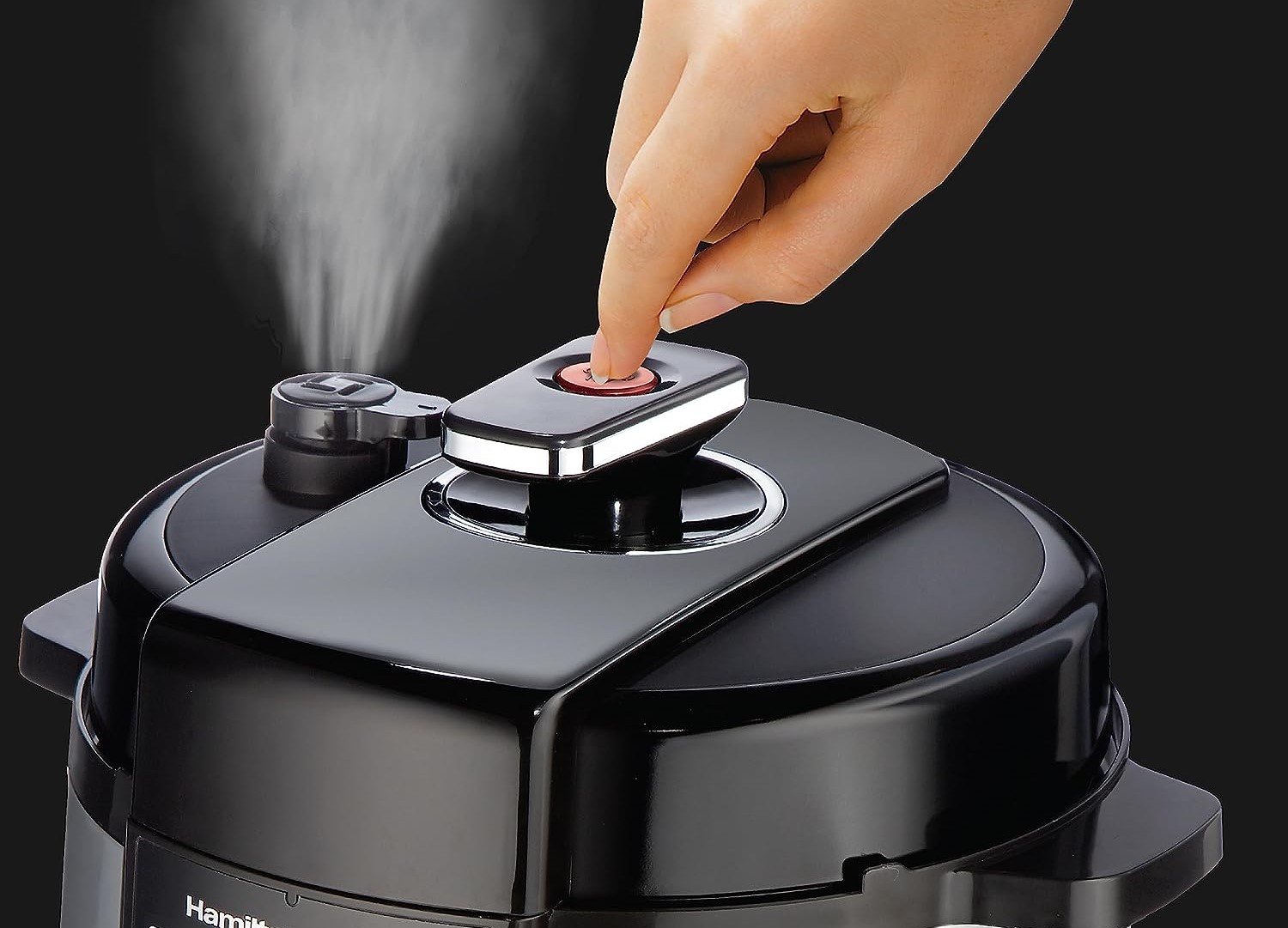
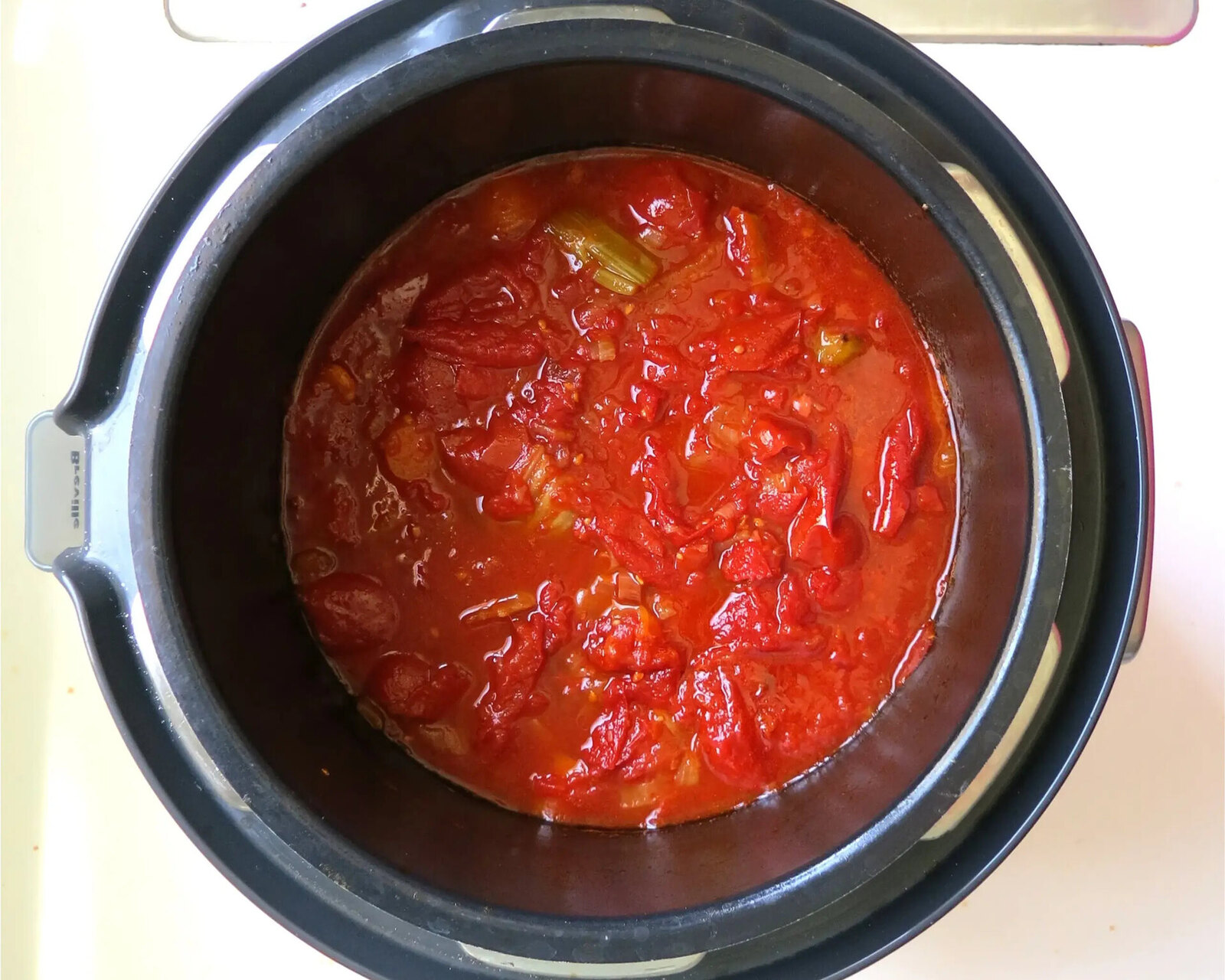
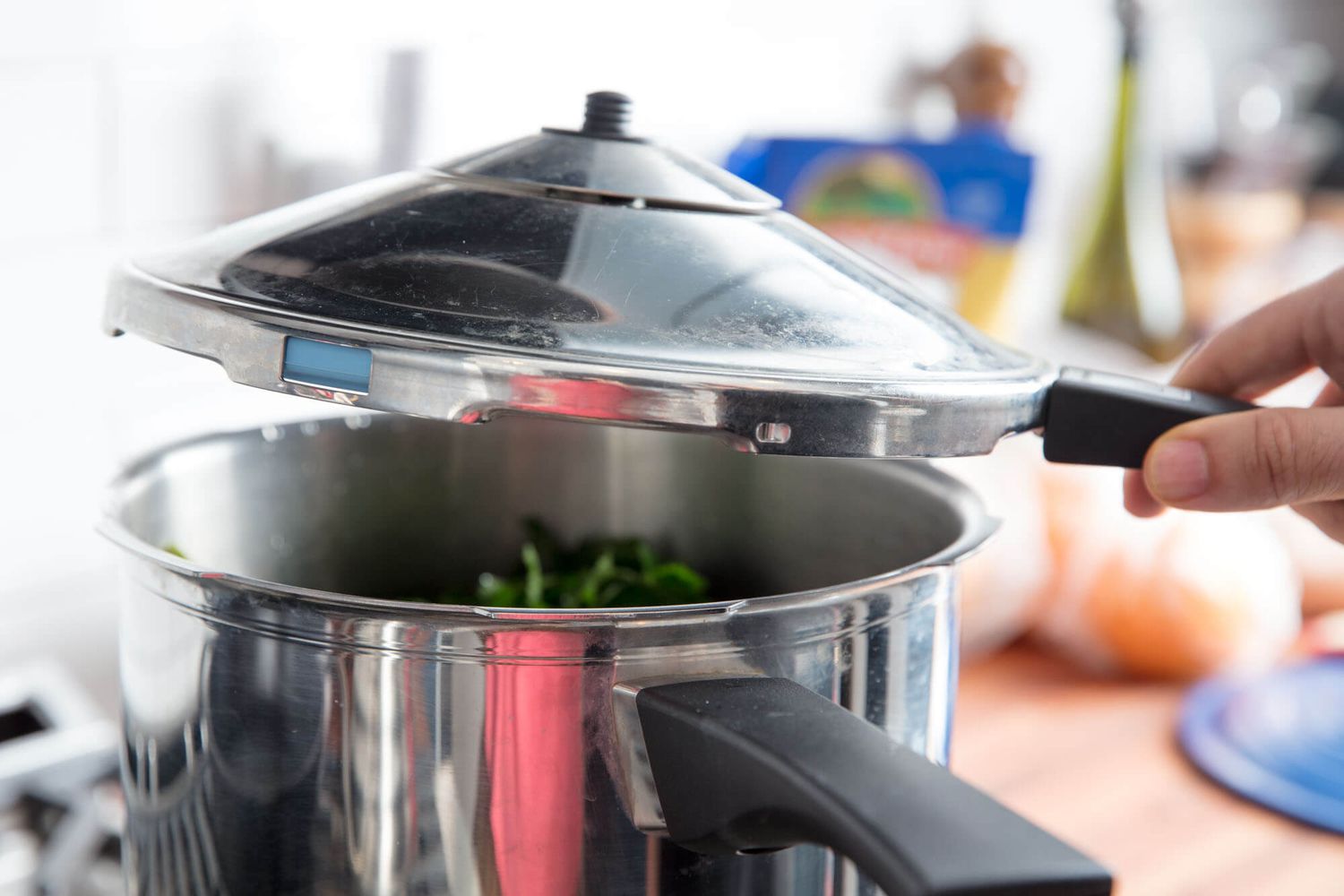
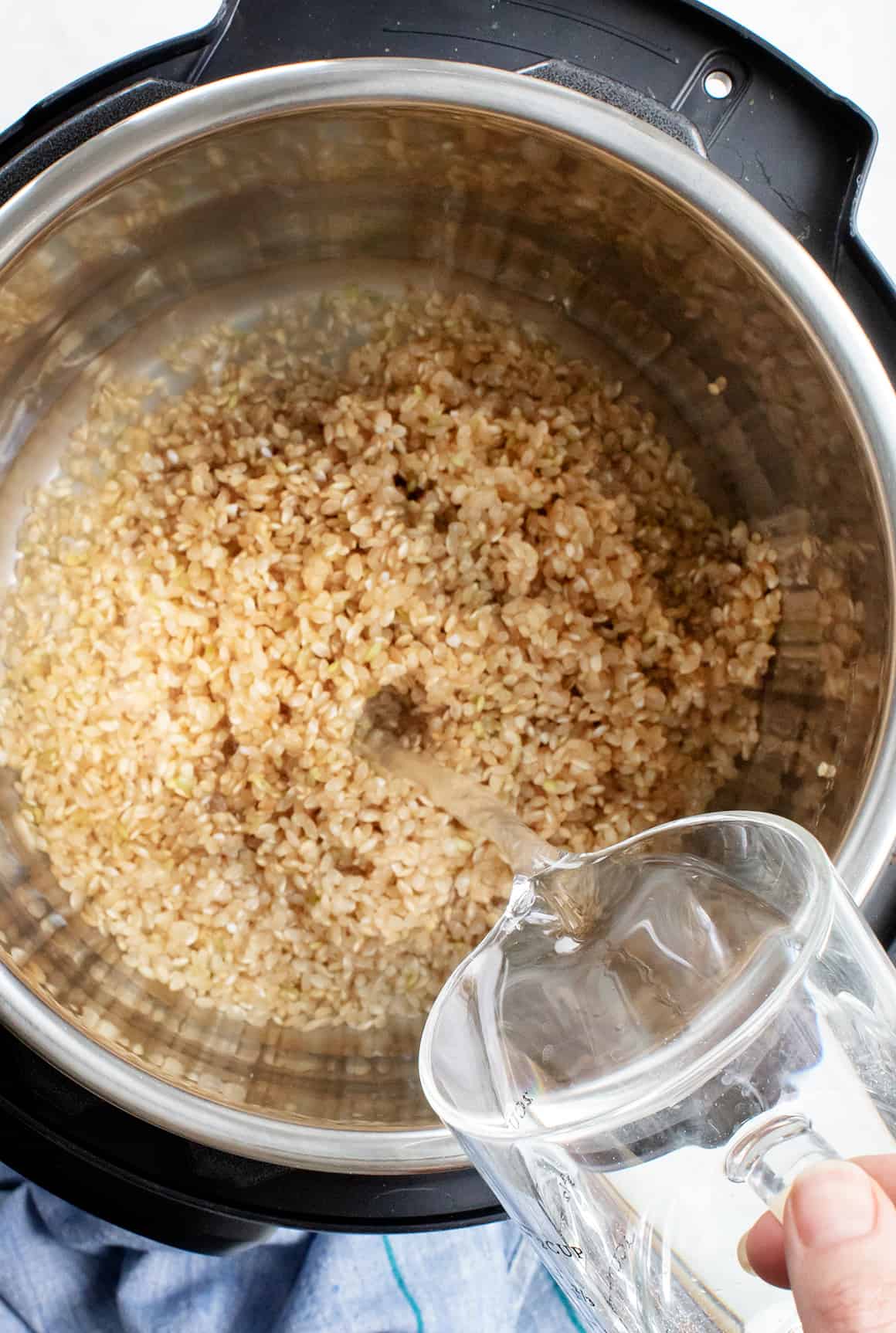
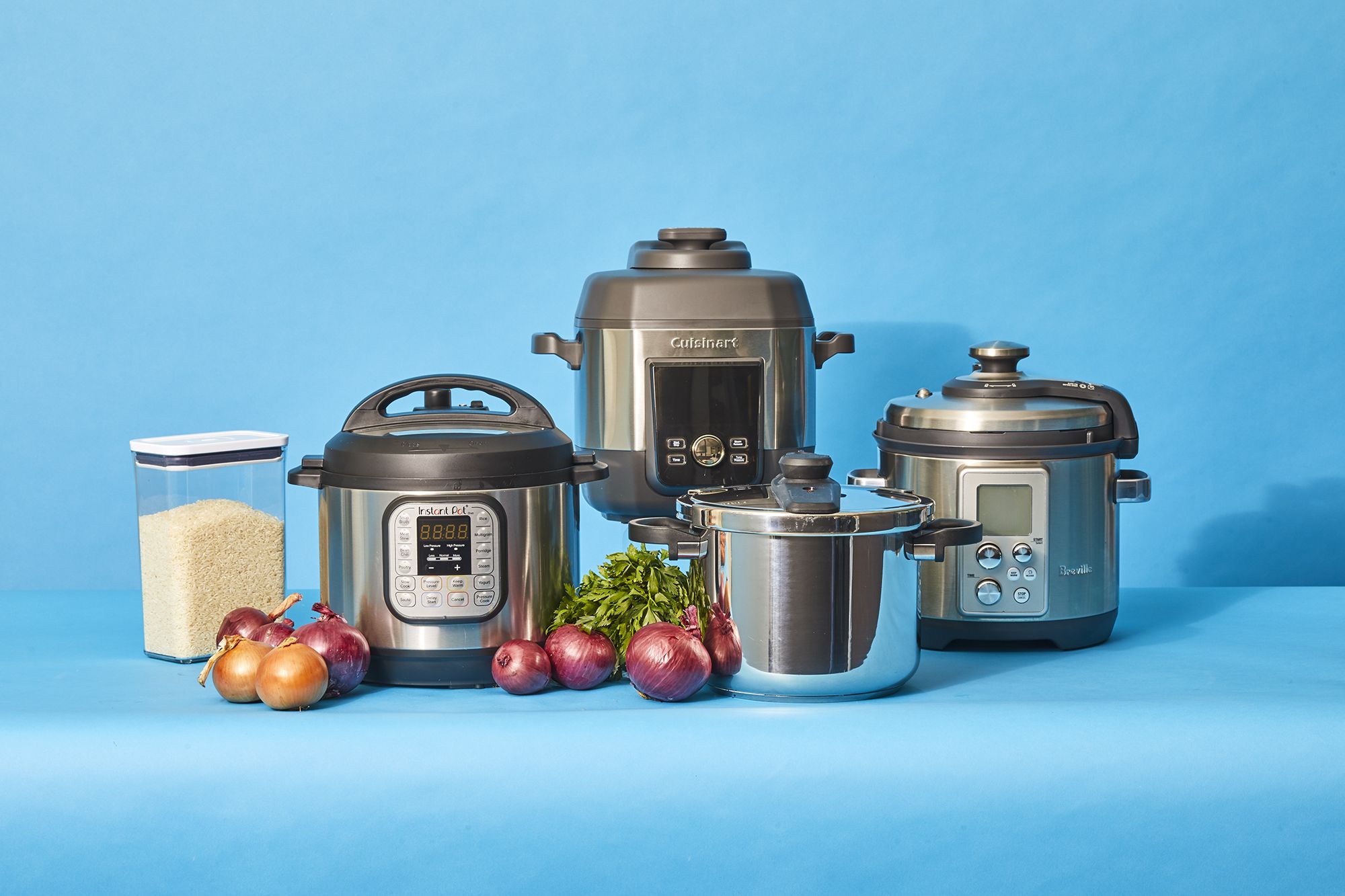
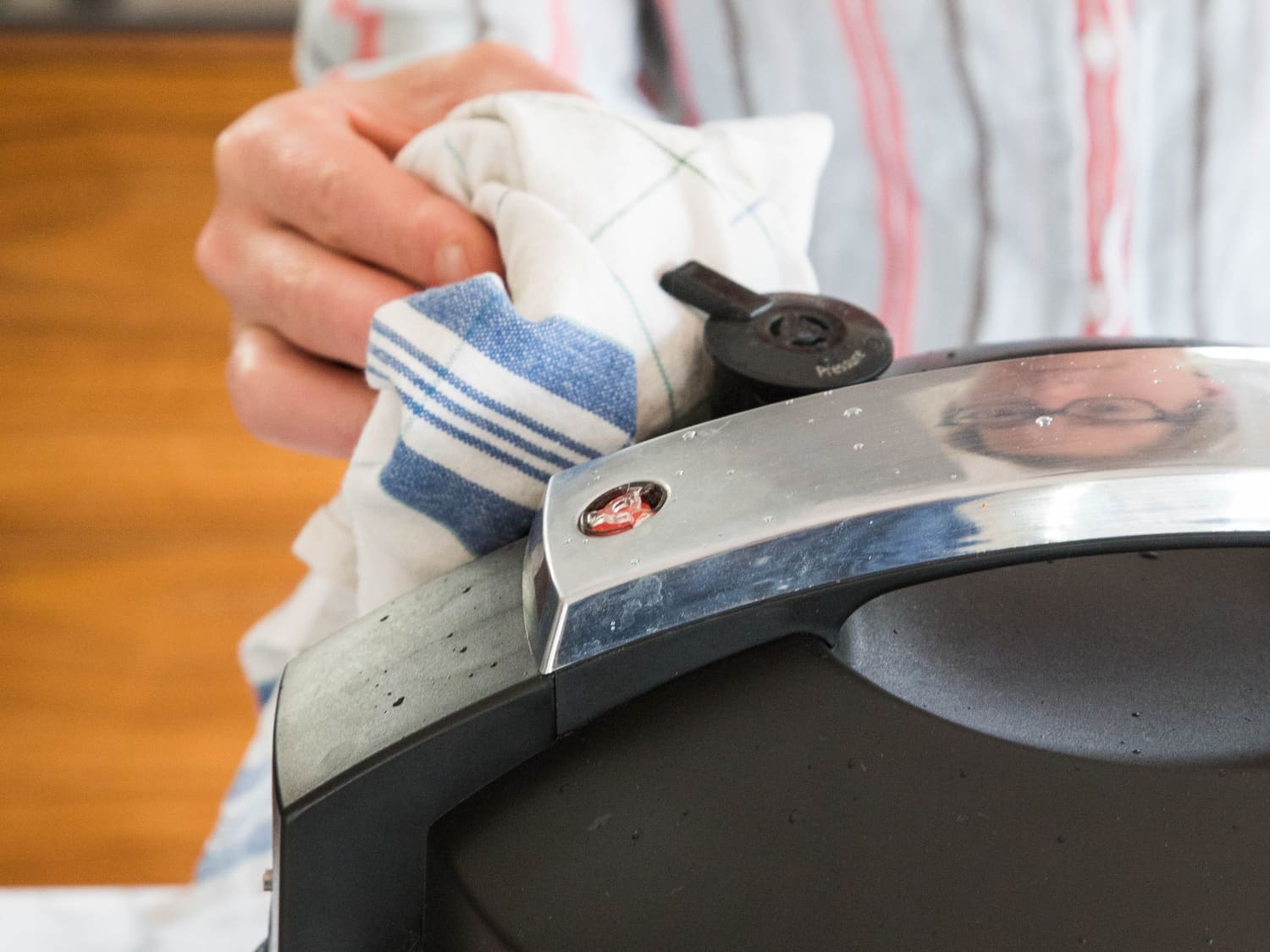
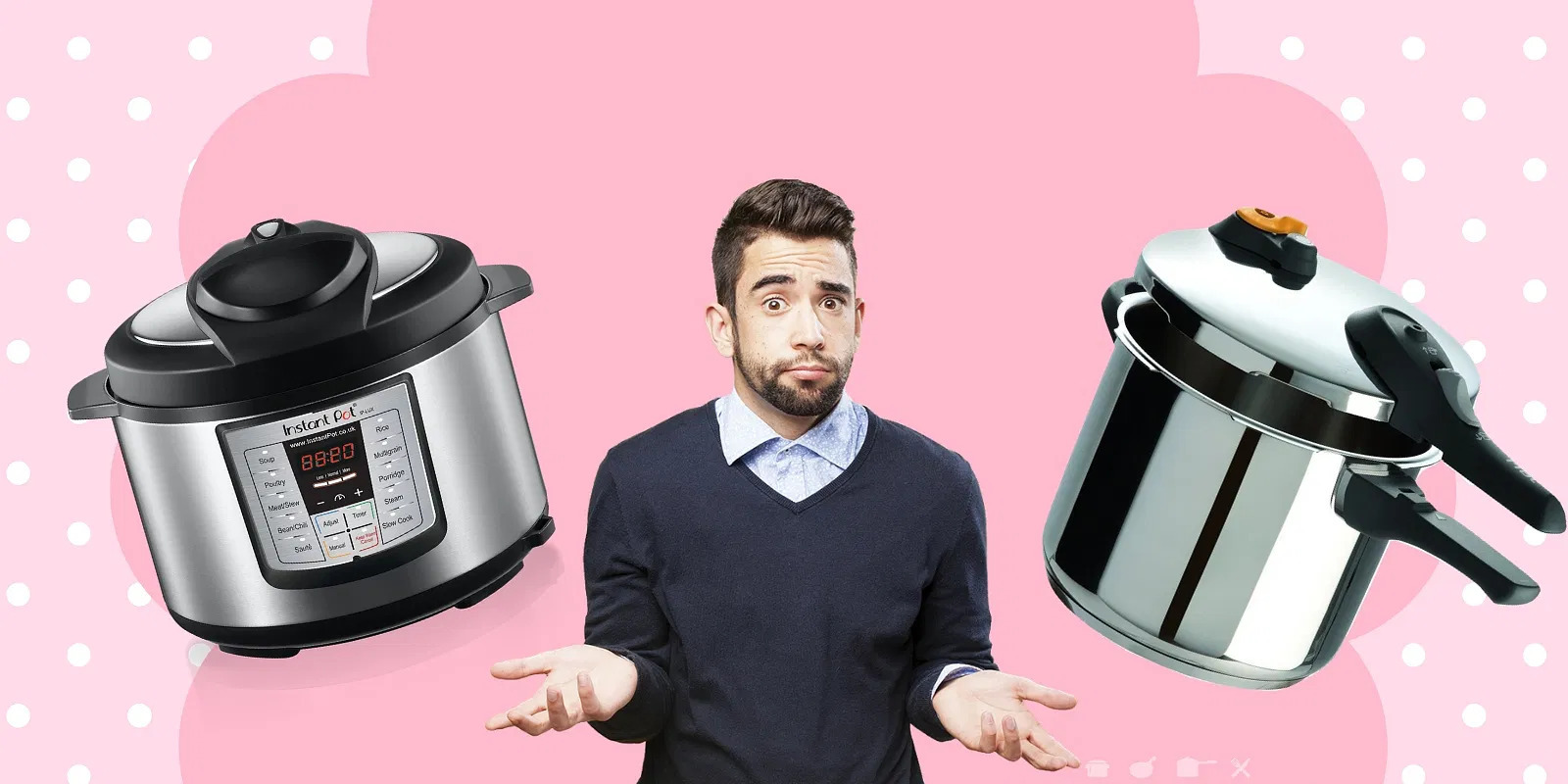
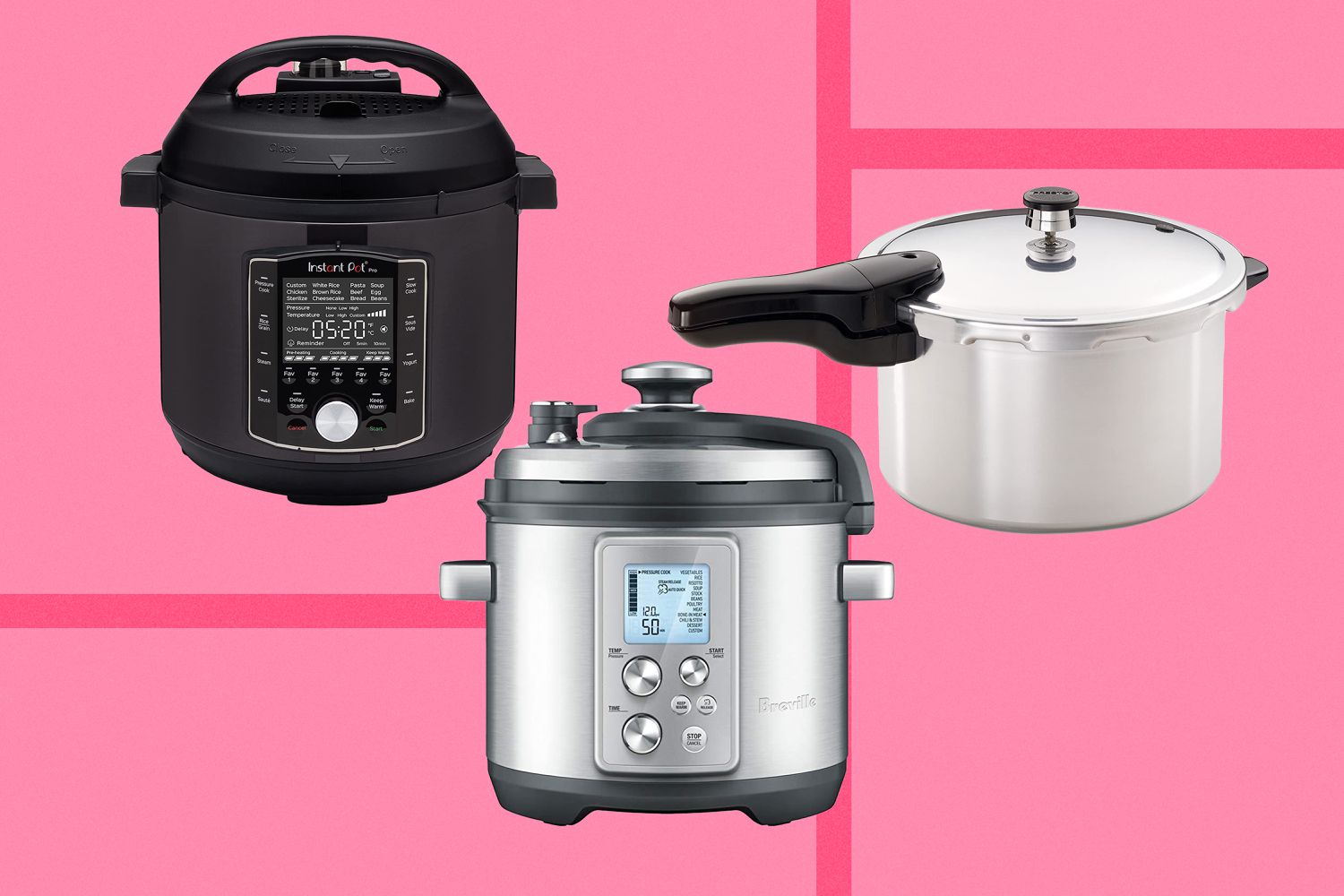
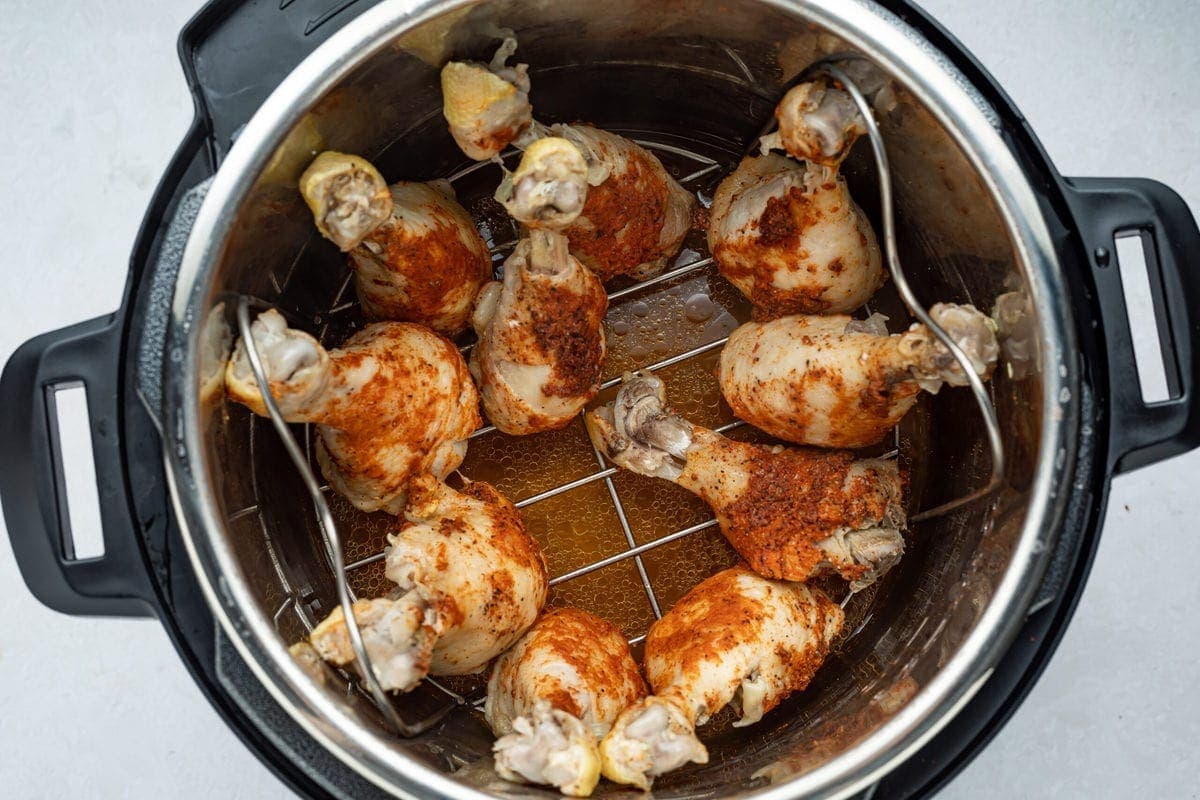
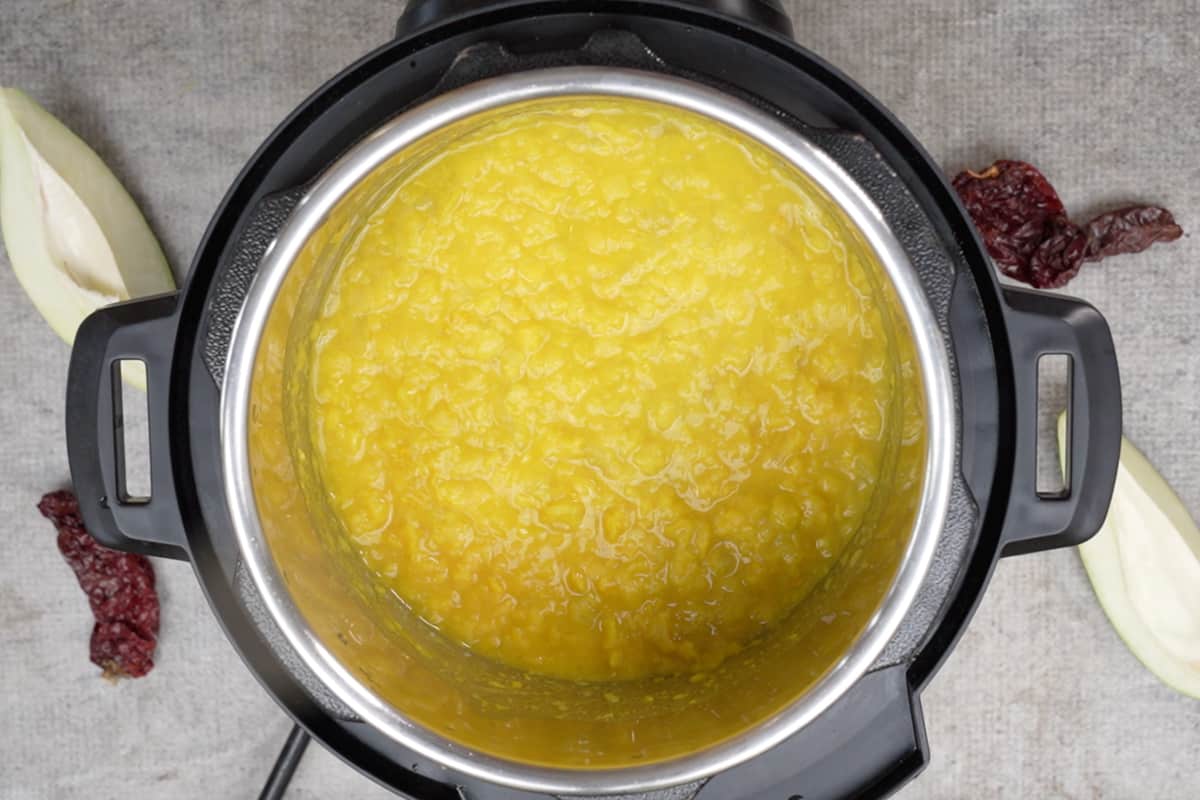

0 thoughts on “How Much Time To Add To An Electric Pressure Cooker”